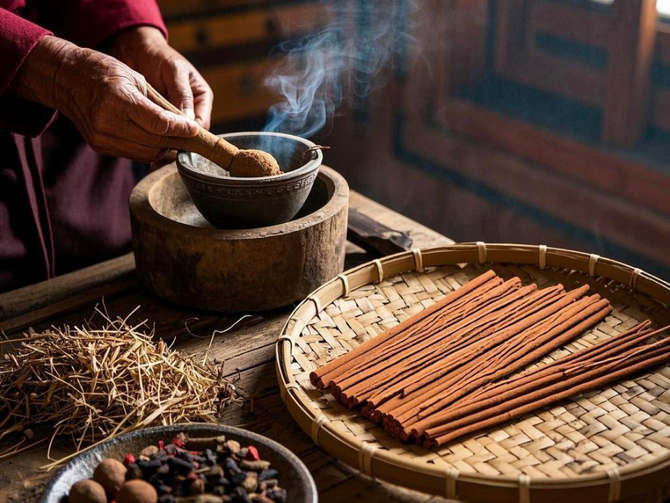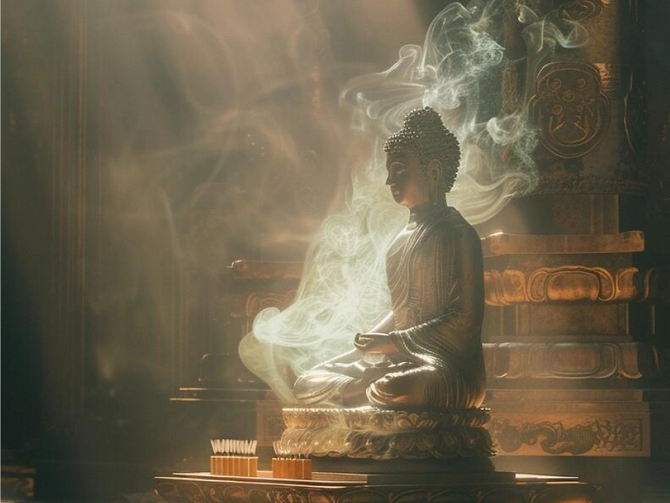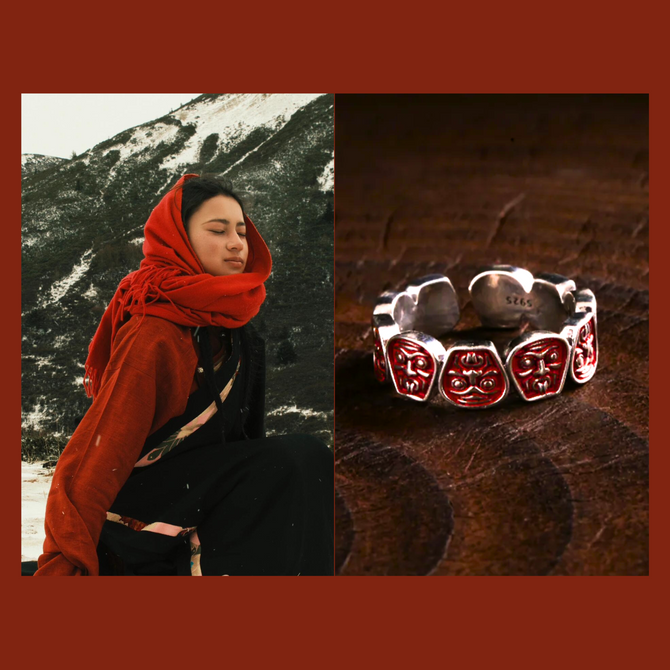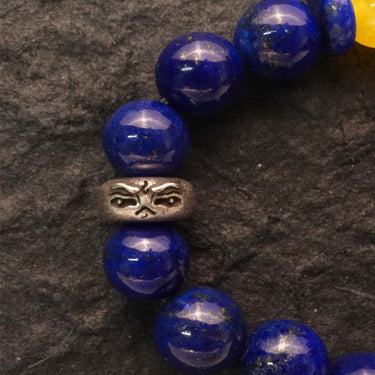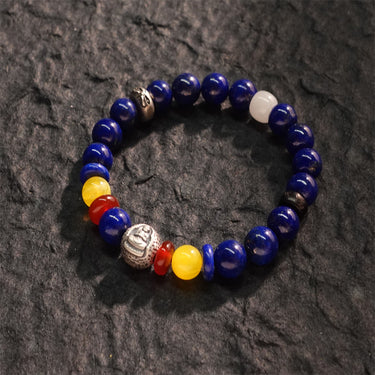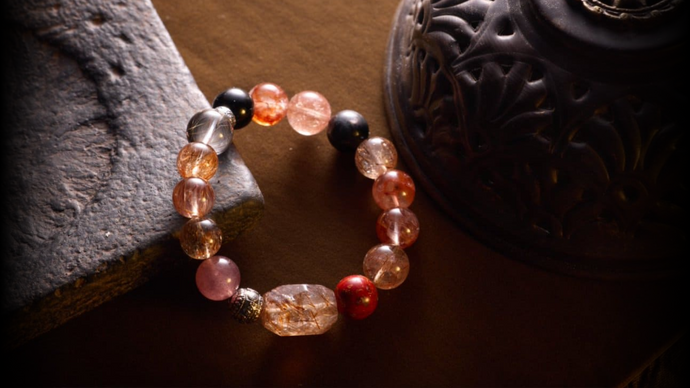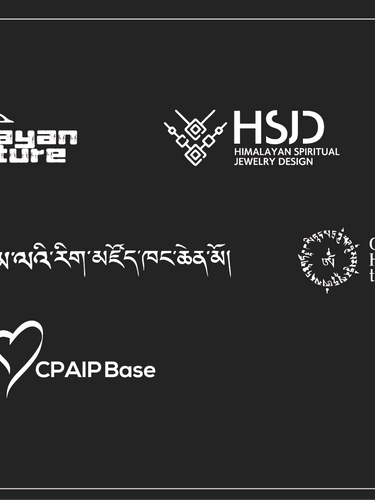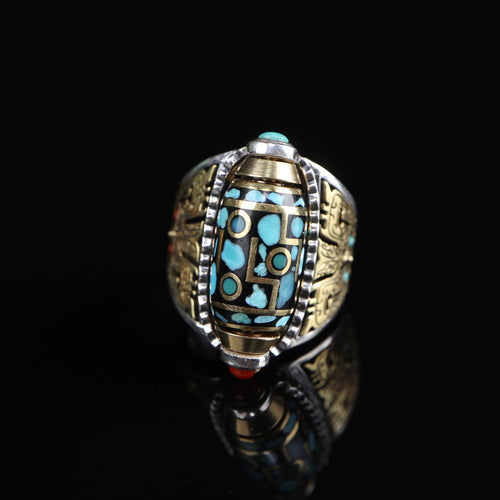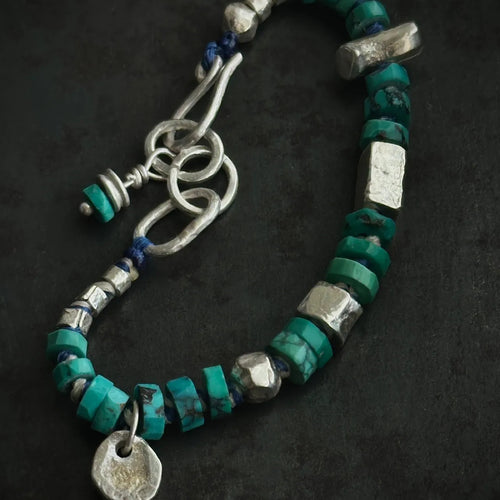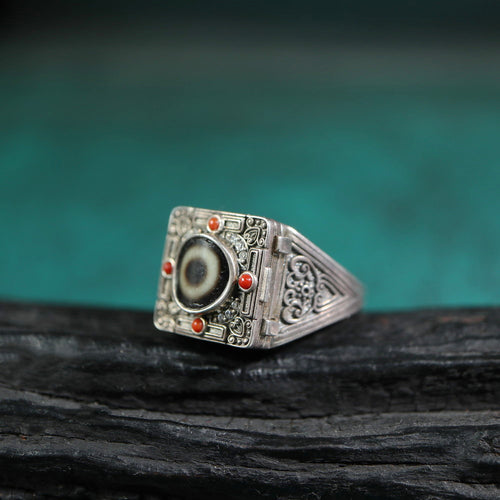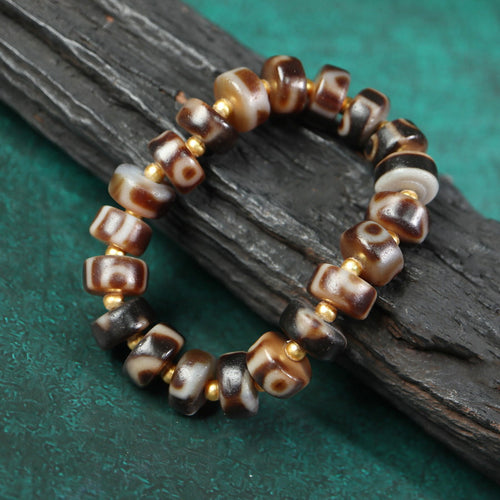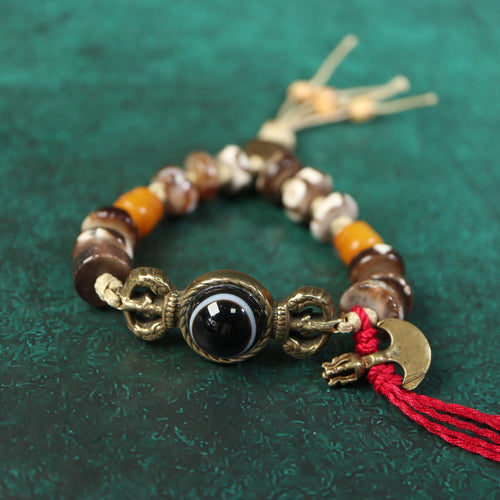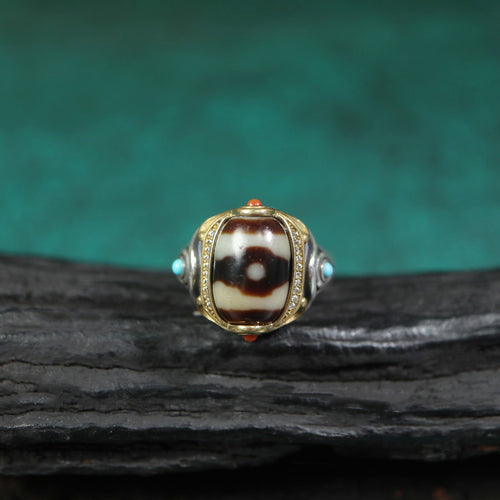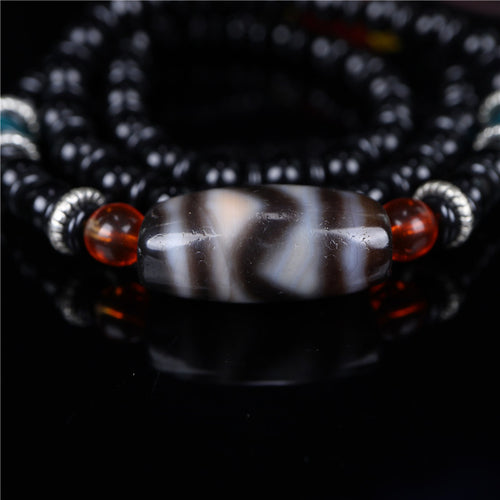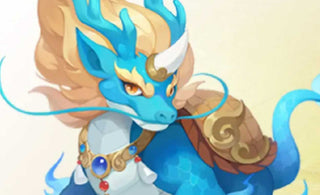
At Oriental Aesthetics, we are dedicated to providing systematic, high-quality professional services for oriental artists, collectors, and enthusiasts who appreciate and love classical oriental art. In this article, we delve into the captivating world of cranes, exploring their graceful symbolism and their profound influence on oriental art. Join us as we unveil the beauty and significance of these majestic birds.
The Elegance of Cranes in Oriental Art
Cranes hold a special place in oriental art, symbolizing grace, longevity, and wisdom. Their ethereal presence and elegant demeanor have captivated artists for centuries, inspiring magnificent artworks that celebrate the beauty of these magnificent creatures. In traditional Chinese, Japanese, and Korean art, cranes are often depicted in various mediums, including paintings, calligraphy, ceramics, and sculptures.
In Chinese art, cranes are revered as symbols of longevity and good fortune. They are believed to live for thousands of years, embodying the wish for a long and prosperous life. Cranes are often depicted alongside pine trees, which represent endurance, and bamboo, which symbolizes resilience. This trio, known as the "Three Friends of Winter," is a popular motif in Chinese art, representing the virtues of perseverance, strength, and nobility.
Chinese brush paintings often showcase cranes gliding gracefully across the canvas, their outstretched wings conveying a sense of freedom and transcendence. The delicate brushwork captures the essence of these majestic birds, emphasizing their elegance and the serenity they bring to the artwork. The use of ink washes creates a sense of fluidity, evoking the flowing movements of the cranes. The artists' meticulous attention to detail in depicting the feathers and facial expressions of the cranes adds depth and realism to the paintings.
In Japanese art, cranes, known as "tsuru," are considered sacred creatures and are associated with good luck and happiness. They are believed to be mystical creatures that can live for a thousand years and possess the power to grant wishes. The Japanese regard cranes as symbols of peace, fidelity, and eternal love.
One of the most famous representations of cranes in Japanese art is the origami crane. Folding a thousand origami cranes, known as "senbazuru," is a traditional practice believed to bring good fortune and healing. The origami crane has become a global symbol of peace and hope, reflecting the enduring impact of cranes on Japanese culture and art.
In Korean art, cranes symbolize prosperity, nobility, and longevity. They are often depicted in vibrant paintings, ceramics, and embroidery, showcasing their regal presence. The Korean belief in the transformative power of cranes is captured in the legend of the "Cranes of Suncheon Bay," where cranes transform into beautiful maidens to reward acts of kindness.
Korean artists masterfully portray the elegance of cranes through intricate brushwork and vibrant color palettes. The depiction of cranes in flight, with their wings gracefully extended, evokes a sense of freedom and transcendence, reflecting the desire for a prosperous and enlightened life. The use of gold leaf embellishments in traditional Korean art further enhances the luxurious and majestic aura of cranes.
The elegance and symbolism of cranes in oriental art have transcended time and continue to inspire artists worldwide. Contemporary interpretations of cranes in art explore new techniques, materials, and perspectives while honoring the traditional symbolism associated with these magnificent birds. Whether portrayed in a traditional or modern context, cranes in oriental art captivate viewers with their grace, radiating a sense of serenity, wisdom, and timeless beauty.
Cranes in Chinese Art: A Symbol of Longevity and Good Fortune
In Chinese art, cranes hold a revered status as symbols of longevity and good fortune. They are believed to live for thousands of years, embodying the wish for a long and prosperous life. Cranes are often depicted alongside other auspicious symbols, such as pine trees and bamboo, forming a trio known as the "Three Friends of Winter." This popular motif represents the virtues of perseverance, strength, and nobility.
Chinese brush paintings beautifully capture the grace and elegance of cranes. Artists skillfully depict cranes gliding across the canvas, their outstretched wings conveying a sense of freedom and transcendence. The delicate brushwork, executed with precision and finesse, captures the essence of these majestic birds. The artists' careful attention to detail in portraying the feathers, facial expressions, and movements of the cranes adds depth and realism to the paintings.
The use of ink washes in Chinese brush paintings creates a sense of fluidity and dynamic energy, evoking the flowing movements of the cranes. The varying shades of ink, from deep black to subtle gray, bring a sense of harmony and balance to the artwork. The incorporation of vibrant colors, such as red and gold, further enhances the auspicious nature of these artworks, symbolizing good luck, prosperity, and happiness.
Cranes often appear in various contexts within Chinese art, representing different aspects of life and culture. They can be seen in landscapes, symbolizing the harmonious coexistence of humans and nature. Cranes are also depicted in pairs, symbolizing marital bliss and eternal love. In addition, cranes are often associated with immortals and heavenly realms, representing the transcendence of earthly limitations and the pursuit of spiritual enlightenment.
The symbolism of cranes in Chinese art extends beyond paintings and includes other art forms such as ceramics and sculptures. Delicate porcelain vases adorned with crane motifs showcase the elegance and refinement of Chinese craftsmanship. Intricately carved jade sculptures depict cranes in serene poses, embodying the essence of longevity and wisdom.
The enduring presence of cranes in Chinese art not only reflects the cultural significance attached to these majestic birds but also serves as a reminder of the values held dear by the Chinese people. The wish for a long and prosperous life, the pursuit of inner harmony, and the reverence for nature are all encapsulated in the symbolism of cranes.
Cranes in Japanese Art: Symbols of Good Luck and Happiness
In Japanese art, cranes, known as "tsuru," are considered sacred creatures and are associated with good luck and happiness. They are believed to be mystical creatures that can live for a thousand years and possess the power to grant wishes. The Japanese regard cranes as symbols of peace, fidelity, and eternal love.
One of the most famous representations of cranes in Japanese art is the origami crane. Folding a thousand origami cranes, known as "senbazuru," is a traditional practice believed to bring good fortune and healing. The origami crane has become a global symbol of peace and hope, reflecting the enduring impact of cranes on Japanese culture and art.
Cranes in Korean Art: Symbols of Prosperity and Nobility
In Korean art, cranes symbolize prosperity, nobility, and longevity. They are often depicted in vibrant paintings, ceramics, and embroidery, showcasing their regal presence. The Korean belief in the transformative power of cranes is captured in the legend of the "Cranes of Suncheon Bay," where cranes transform into beautiful maidens to reward acts of kindness.
Korean artists masterfully portray the elegance of cranes through intricate brushwork and vibrant color palettes. The depiction of cranes in flight, with their wings gracefully extended, evokes a sense of freedom and transcendence, reflecting the desire for a prosperous and enlightened life.
Contemporary Interpretations and Beyond
While rooted in tradition, the symbolism of cranes continues to inspire contemporary oriental artists. They reinterpret the grace and symbolism of cranes through various artistic expressions, incorporating modern techniques and perspectives. From contemporary paintings that blend traditional and abstract elements to sculptures that explore new materials and forms, the allure of cranes endures and evolves.
At Oriental Aesthetics, we celebrate the graceful symbolism of cranes in oriental art. Our curated collection showcases a diverse range of crane-inspired artworks, allowing collectors, artists, and enthusiasts to engage with the beauty and cultural significance of these majestic birds. We provide professional services that connect passionate individuals with exceptional oriental art pieces, fostering a deeper appreciation for the artistic brilliance and timeless symbolism of cranes.
Conclusion and Company Profile
At Oriental Aesthetics, we are committed to fostering a deep appreciation for classical oriental art and providing systematic, high-quality professional services for oriental artists, collectors, and enthusiasts. Our mission is to showcase the beauty, cultural depth, and timeless symbolism of artworks inspired by cranes and other oriental motifs.
With our curated collection, comprehensive exhibitions, and expert guidance, we strive to create a platform that surpasses expectations. Oriental Aesthetics is dedicated to outshining other websites with our exceptional English content, ensuring that our audience receives the highest quality information and insights.
Join us at Oriental Aesthetics as we continue to unveil the beauty, grace, and symbolism of cranes in oriental art. Together, let us embark on a journey that celebrates the rich heritage and artistic brilliance of classical oriental art.


